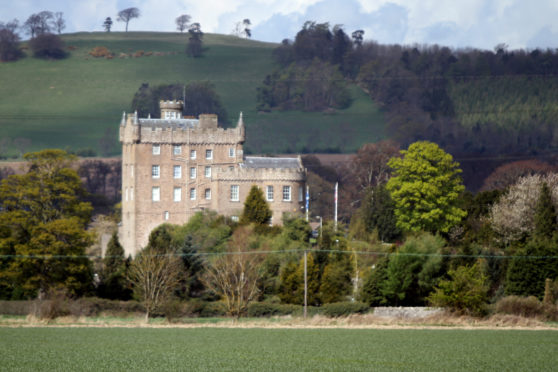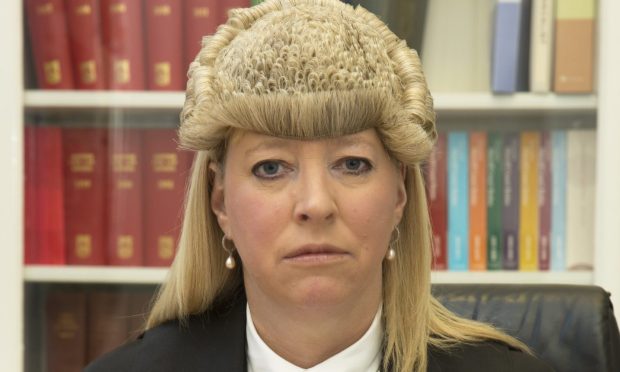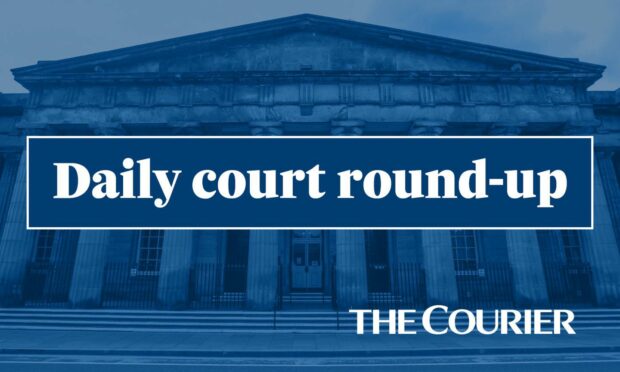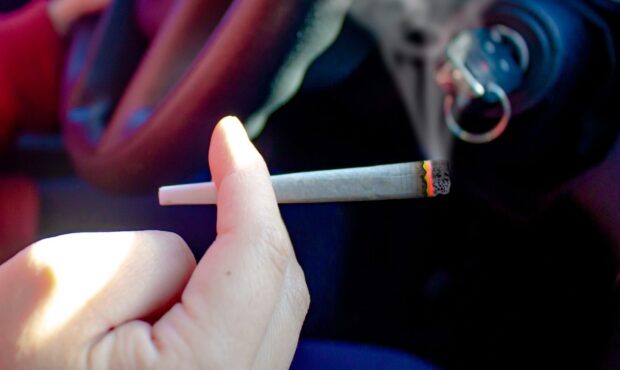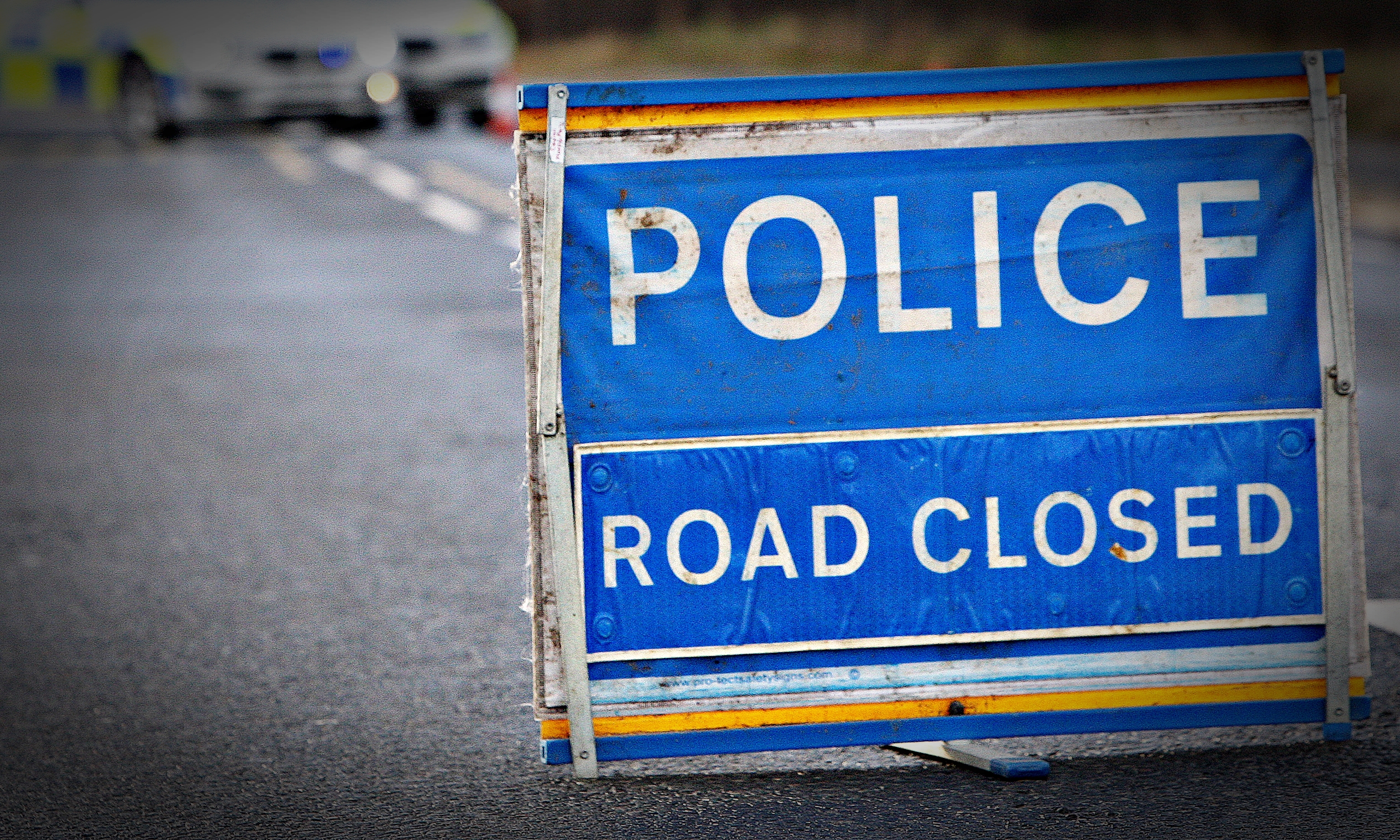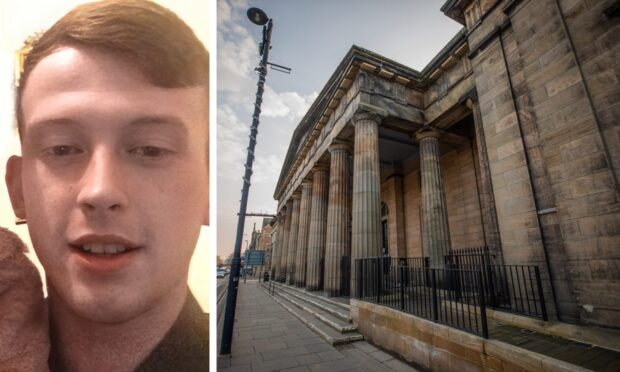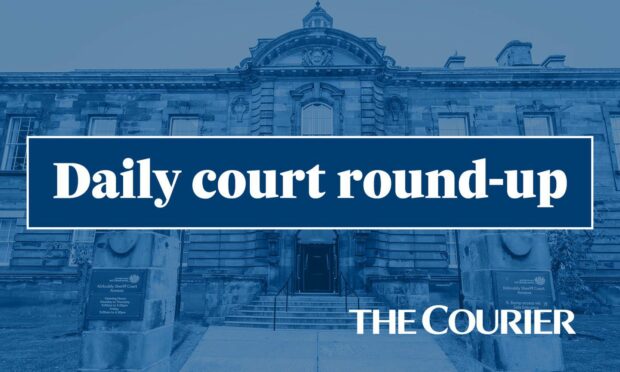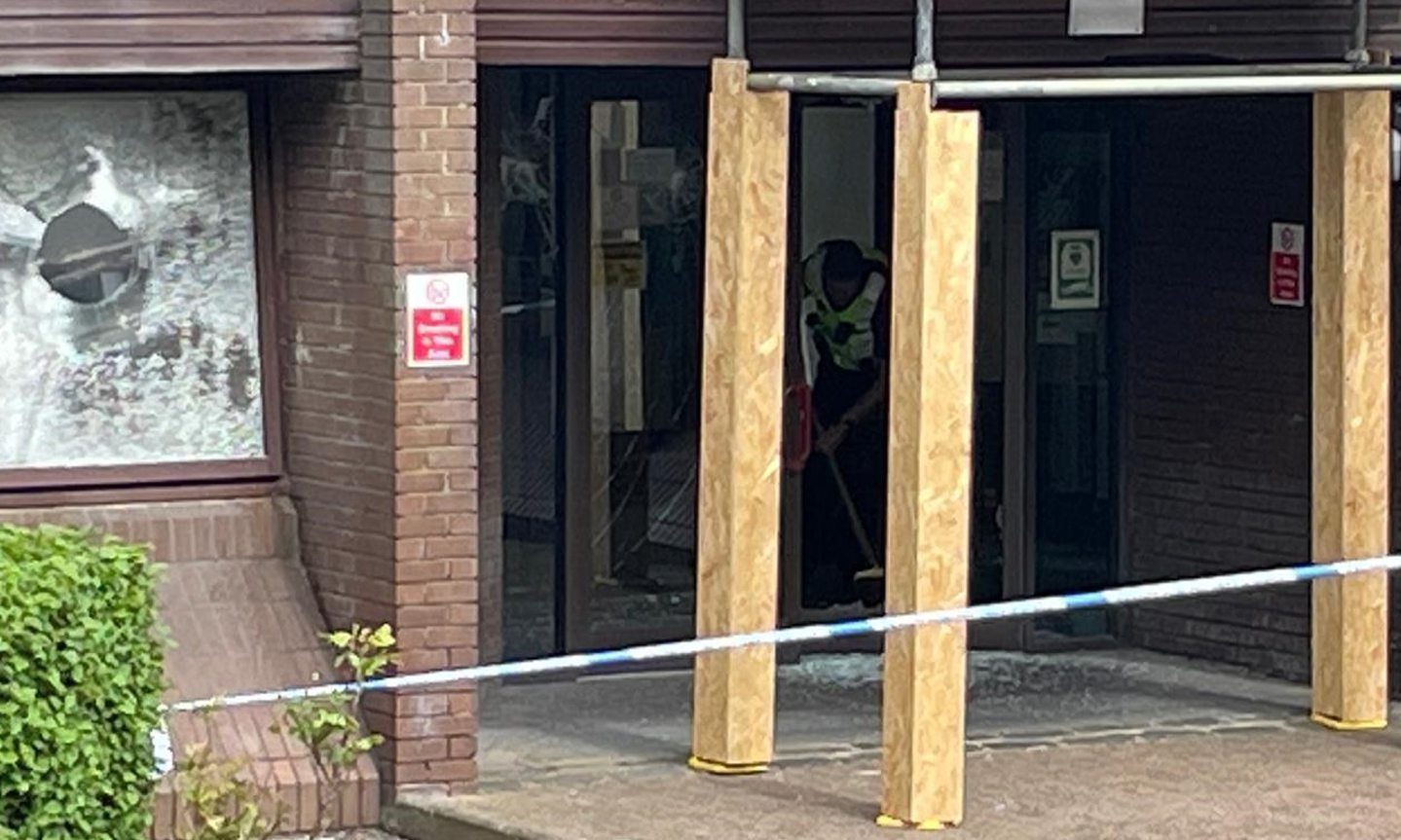A prisoner died from a drugs overdose just a few weeks before he was due to be released from custody, a sheriff has concluded.
Kevin Sloan, 31, lost his life at Castle Huntly open prison on February 27 2016 after taking a combination of heroin and a class B substance called AKB48 N-(5-hydroxypenty).
A fatal accident inquiry at Perth Sheriff Court heard he was set for release from an eight-year sentence on March 29 2016.
Sloan, of Paisley, was convicted at the High Court in Edinburgh in July 2012 after pleading guilty to assault, robbery and firearms charges.
He and another man burst into a post office at a branch of RS McColl in Newton Mearns in November 2011 and threatened the postmistress there with a shotgun.
He was caught after he left behind his driving licence and rental agreement for the getaway van. Defence lawyer Ian Duguid QC told the High Court his client had got into debt with a drug dealer over his cocaine use.
On Tuesday, in a written judgment issued at Perth Sheriff Court, Sheriff Pino Di Emidio concluded prison staff could not have done anything to prevent Sloan’s death.
He said: “The evidence satisfied me that there was regular drug testing and searching of the deceased and of his physical environment in Castle Huntly in accordance with established policies.”
However, he noted that Castle Huntly did not function with the levels of security applied in a closed prison and said he found there were no reasonable precautions that could have been taken that might realistically prevent other similar deaths.
